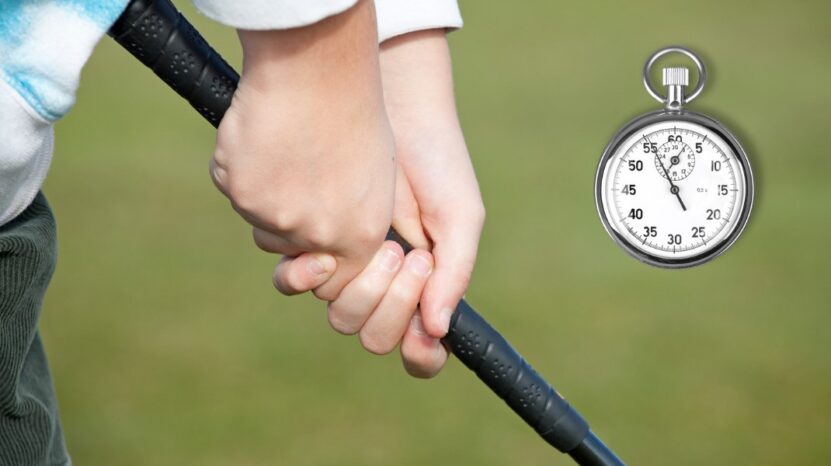Golf grips are crucial for a secure hold on your club, impacting both your swing’s quality and safety on the course. Over time, grips can lose their effectiveness due to the accumulation of dirt, oils, and exposure to harsh conditions, necessitating a replacement.
In this guide, we’ll go through the process of regripping, focusing on the drying time required before you can use your clubs again, ensuring your grips are perfectly ready for your next game.
Key Takeaways
- Golf grips’ drying time can vary from 8 to 24 hours, depending on the type of adhesive used and environmental conditions.
- Solvent-based adhesives dry quicker (as fast as 3 hours) compared to eco-friendly, water-based options that may need up to 24 hours.
- Humidity and temperature significantly influence the drying process, with lower humidity and warmer temperatures facilitating faster drying.
- The twist test and touch test are effective ways to determine if the golf grip is fully dried and ready for use.
Drying Time
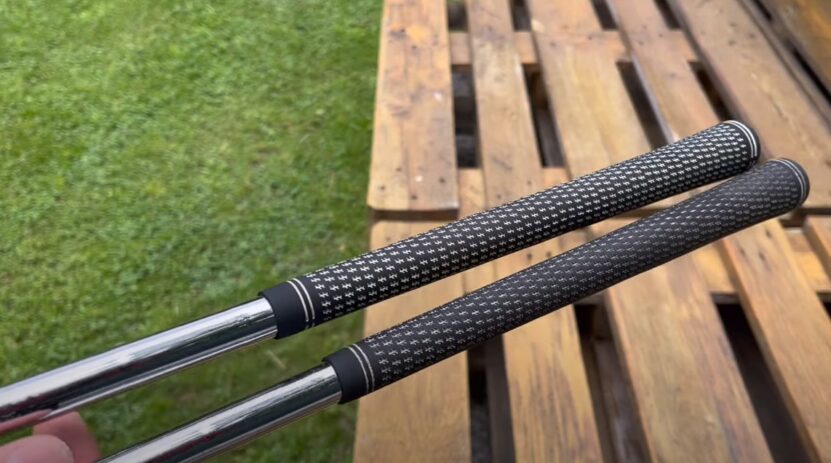
The time it takes for golf grips to dry varies significantly depending on the regripping method and the materials used. On average, the drying period can range from 8 to 24 hours. Solvent-based adhesives might set in as quickly as 3 hours, making them a popular choice for those in a hurry.
On the other hand, eco-friendly, water-based options could require up to a full day to dry completely. Despite these general time frames, it’s always a good idea to err on the side of caution and allow at least a full day for the grips to dry thoroughly. This ensures they’re fully set and ready for action, providing the best possible performance and safety on the course.
While focusing on the grips, don’t forget that the overall condition of your clubs plays a significant role in your game’s quality.
Which Factors Influence the Drying Time?
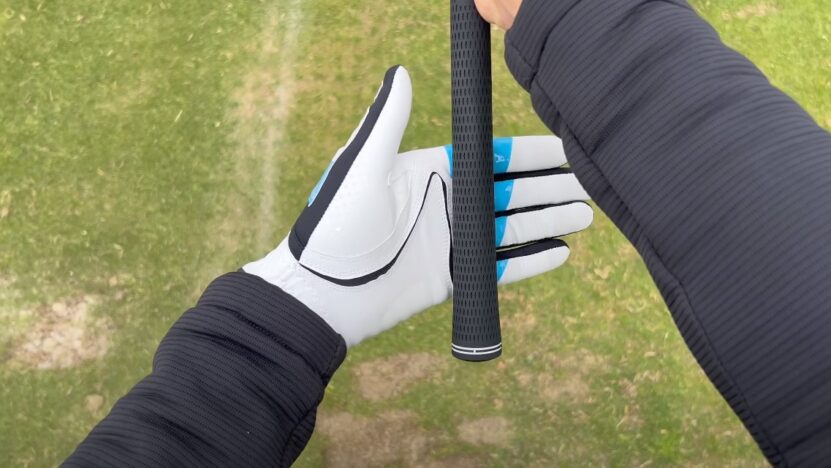
1. Type of Adhesive
Solvent-based adhesives are known for their quick-drying capabilities, often setting in just a few hours. In contrast, water-based adhesives are gentler on the environment but take longer to dry, sometimes needing up to 24 hours to fully set. The choice of adhesive not only affects drying time but also the grip’s longevity and performance.
2. Environmental Conditions
The drying process is heavily influenced by the surrounding environment. Humidity and temperature are critical factors; lower humidity levels and warmer temperatures can significantly accelerate the drying process.
Conversely, high humidity and cooler temperatures will slow it down, potentially extending the drying time beyond the average range.
3. Application Method
The way the adhesive is applied plays a crucial role in the drying time. Incorrect application techniques or using the wrong amount of adhesive can lead to extended drying times. It’s important to follow the manufacturer’s instructions closely and apply the adhesive evenly to avoid any issues that could delay the drying process.
How to Determine if the Grip is Dry
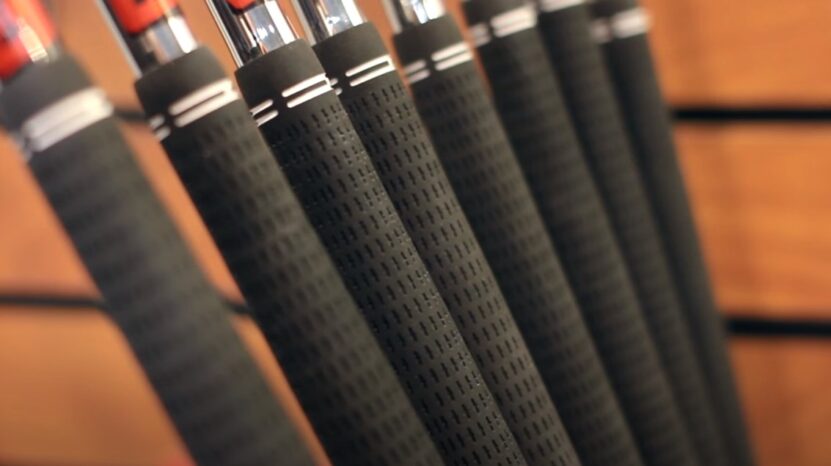
Before taking your clubs out for a spin, it’s essential to ensure the grips have dried completely. Here are a couple of simple tests you can perform:
- Twist Test: Try to twist the grip around the club shaft. If the grip remains firmly in place without any movement, it’s a good sign that it has dried properly. This test is quick and effective, providing immediate feedback on the grip’s readiness.
- Touch Test: Gently press and feel the grip with your fingers, checking for any soft spots or gaps between the grip and the shaft. These could indicate areas where the adhesive hasn’t fully set. Ensuring the grip feels uniform and secure all around is crucial for optimal performance.
Accelerating the Drying Process
If you’re in a rush to use your clubs, there are a few methods to speed up the drying process without compromising the grip’s integrity:
- Hair Dryer: A common household item, the hair dryer can be used to gently accelerate the drying of the grip. Keep the dryer on a low to medium setting and maintain a safe distance to prevent overheating the grip. Short bursts of warm air can help evaporate the solvent more quickly.
- Heat Gun: While more effective than a hair dryer, using a heat gun comes with increased risk. It’s imperative to keep the gun moving to avoid concentrating heat in one area, which could damage the grip. This method should be used with caution and only if you’re familiar with the tool.
- Towel: For a more gentle approach, a clean, dry towel can be used to blot and absorb excess moisture from the grip’s surface. Wrapping the grip in a towel and applying gentle pressure can help remove moisture, although this method is less efficient than using heat.
Once your grips have fully dried and are ready for use, the next step is to ensure you’re utilizing them to their fullest potential. Whether you’re on the driving range or the putting green, the way you hold your club plays a pivotal role in your performance.
While waiting for your grips to dry, it might be the perfect time to explore various methods of holding your putter to improve your game.
What Happens If You Don’t Wait?
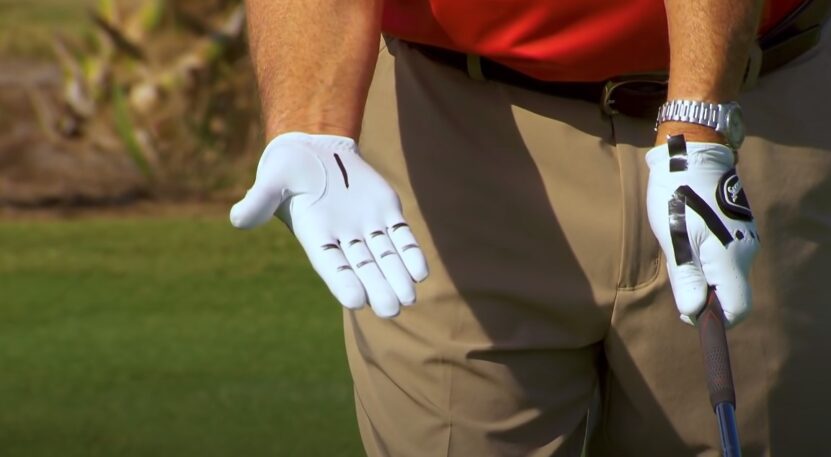
Jumping the gun and using your clubs before the grips have fully dried can lead to several problems:
1. Loose Grips
Grips that haven’t had enough time to dry may not adhere properly to the shaft, leading to slippage during play. This not only affects your performance but can also pose a safety risk if the club slips out of your hands.
2. Reduced Control
A grip that isn’t fully secured can drastically reduce your ability to control the club during swings. This lack of stability can lead to inconsistent swings, reduced precision, and ultimately, a frustrating day on the course.
3. Uneven Texture
Using the club before the grip has completely dried can cause the adhesive to set unevenly. This results in an uneven texture that can be uncomfortable to hold and may affect the grip’s overall effectiveness and durability.
FAQs
Can I use my golf clubs if the grips feel dry to the touch but haven’t reached the 8-hour minimum drying time?
It’s not recommended to use them if they haven’t reached the minimum suggested drying time, even if they feel dry to the touch. The adhesive might not have been fully set, which could affect the grip’s performance and durability.
Is there a difference in drying time between black and colored grips?
The color of the grips does not affect the drying time.
Can I speed up the drying process by placing the clubs in direct sunlight?
Placing the clubs in direct sunlight is not recommended as it can cause uneven drying and potentially damage the material of the grip. It’s better to dry the grips in a well-ventilated, shaded area.
Will applying more adhesive reduce the drying time?
Applying more adhesive than recommended can actually prolong the drying time and may result in an uneven or slippery grip. Always follow the manufacturer’s instructions for the best results.
Can I play with the clubs if the grips are slightly tacky but not wet?
Playing with grips that are slightly tacky but not wet can still lead to performance issues, such as reduced control and grip stability. It’s best to wait until the grips are completely dry and no longer tacky.
Does the thickness of the grip tape affect drying time?
Yes, it can affect drying time. Thicker grip tape may require a longer time for the adhesive to fully cure and dry. Always consider the tape’s thickness when estimating drying times.
The Bottom Line
While there are ways to accelerate drying, the best approach is to allow sufficient time for the grips to set naturally. The patience required to allow golf grips to dry might test a golfer’s eagerness to return to the course, but it’s a crucial step in the regripping process.
Properly dried grips ensure optimal performance, safety, and longevity of your equipment.

